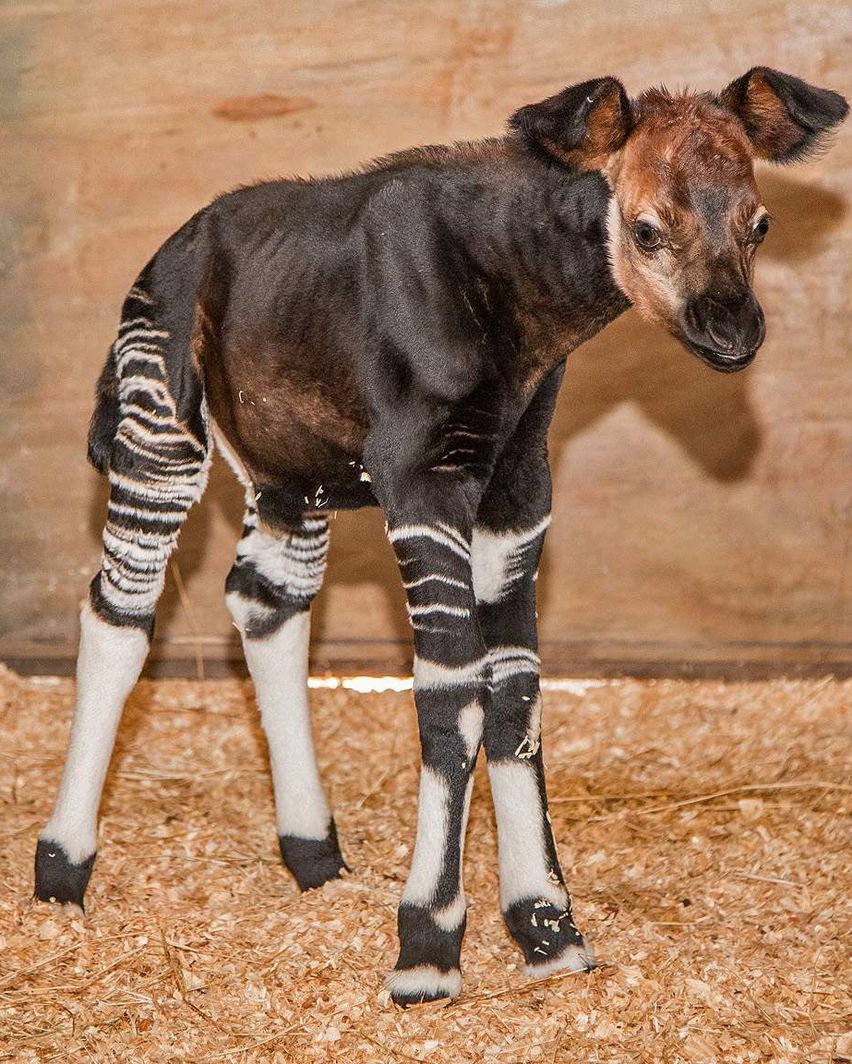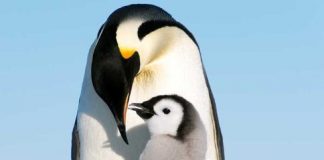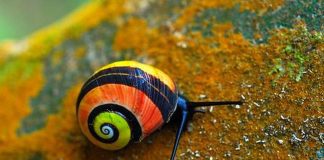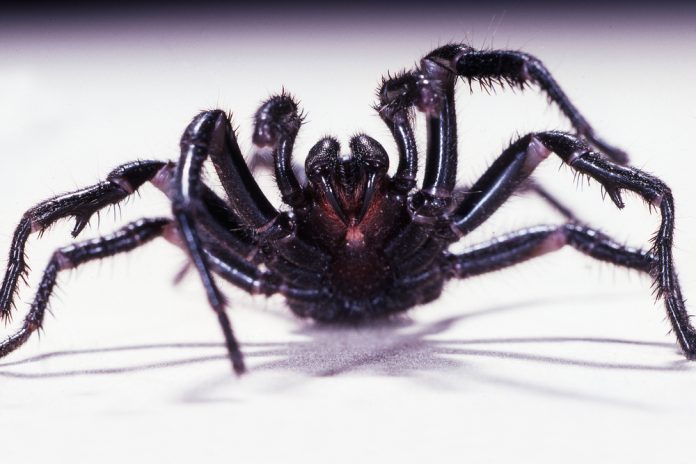
Dangerous animals can be found worldwide, and it is important to be aware of their potential risks and how to stay safe when encountering them. This article will explore the 15 most dangerous animals in the world and provide tips on how to avoid them.
Most Dangerous Animals On The Planet
Mosquitoes
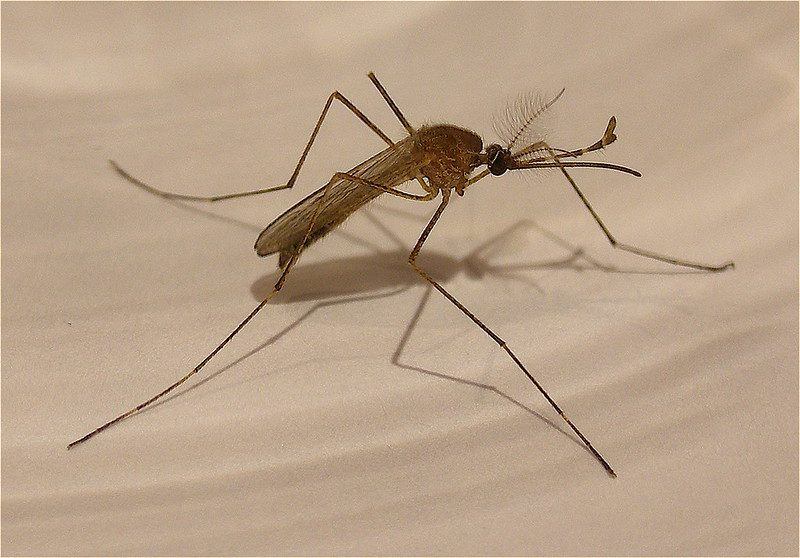
Mosquitoes might seem like harmless insects, but they are actually one of the deadliest animals on the planet. Mosquitoes transmit various diseases, including malaria, Zika virus, and dengue fever, killing millions of people yearly.
To avoid mosquitoes, use insect repellent, wear long sleeves and pants, and sleep under a mosquito net when traveling to areas where these diseases are prevalent.
- Mosquitoes are small, insect-like creatures with wings and long, slender bodies.
- Mosquitoes are found worldwide and are most active during the year’s warmer months.
- Mosquitoes are attracted to the carbon dioxide and heat that humans and other animals produce, and they use their sharp, needle-like mouthparts to pierce the skin and draw blood.
- Mosquitoes have a short lifespan, with most adult mosquitoes living for just a few weeks.
Box jellyfish
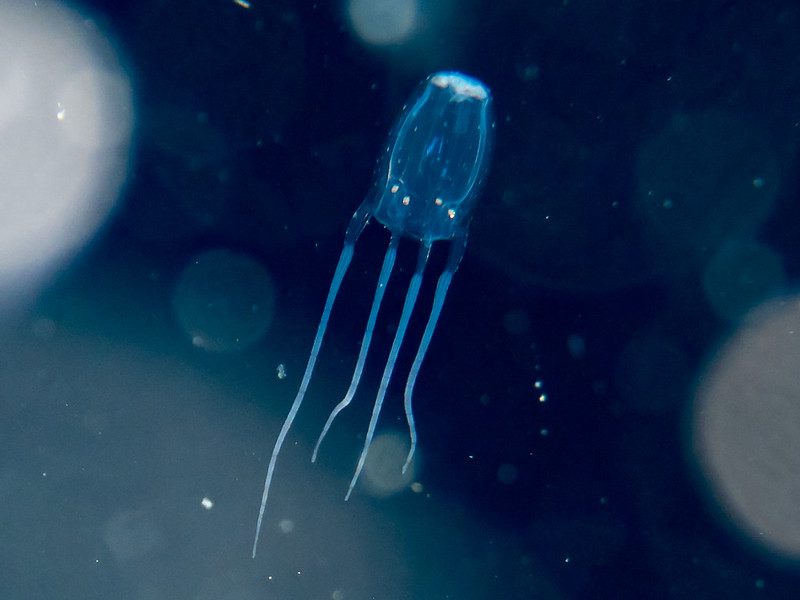
Box jellyfish are among the most venomous creatures in the world, with tentacles that contain toxins that can cause heart failure in just a few minutes. These jellyfish are found in the Pacific and Indian Oceans; their tentacles can reach up to 10 feet long.
To avoid box jellyfish, stay out of the water when they are present, and if you do go swimming, wear a full-body stinger suit or use a vinegar solution to neutralize any stings.
- Box jellyfish have a transparent or translucent appearance, making them difficult to spot in the water.
- Box jellyfish are most commonly found in tropical and subtropical waters and are most active during the year’s warmer months.
- Box jellyfish have a complex life cycle, with a larval stage that takes place in the water and a polyp stage that takes place on solid surfaces.
Saltwater crocodile
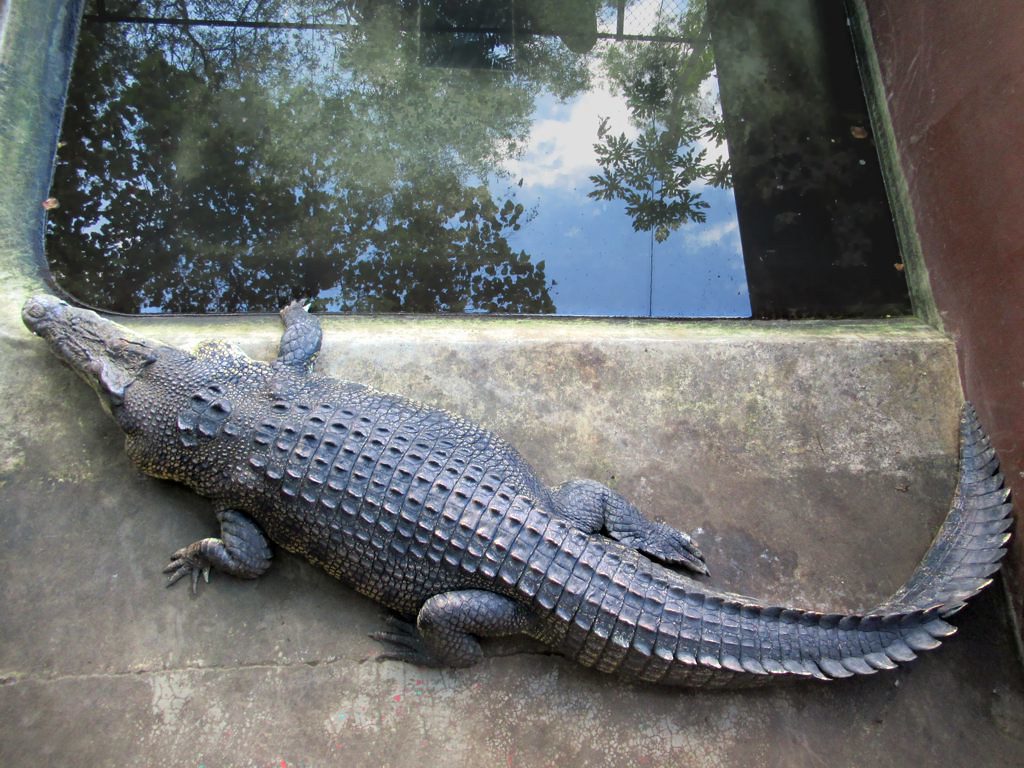
Saltwater crocodiles are the largest living reptiles on earth and are found in the tropical regions of Australia, Asia, and Africa. These crocodiles are aggressive predators that can grow up to 23 feet long and weigh over 2,200 pounds.
To avoid saltwater crocodiles, stay away from their habitats, particularly swamps, marshes, and rivers. If you do encounter a crocodile, do not try to approach it or get too close; instead, slowly back away.
- Saltwater crocodiles are excellent swimmers and can travel long distances in the water, and they are also good climbers and can move quickly on land.
- Saltwater crocodiles are opportunistic predators and will eat just about anything they can catch, including fish, birds, mammals, and even other crocodiles.
- Saltwater crocodiles have a complex life cycle, with eggs laid in nests on the ground and young that are cared for by the female until they are old enough to fend for themselves.
Sydney Funnel Web
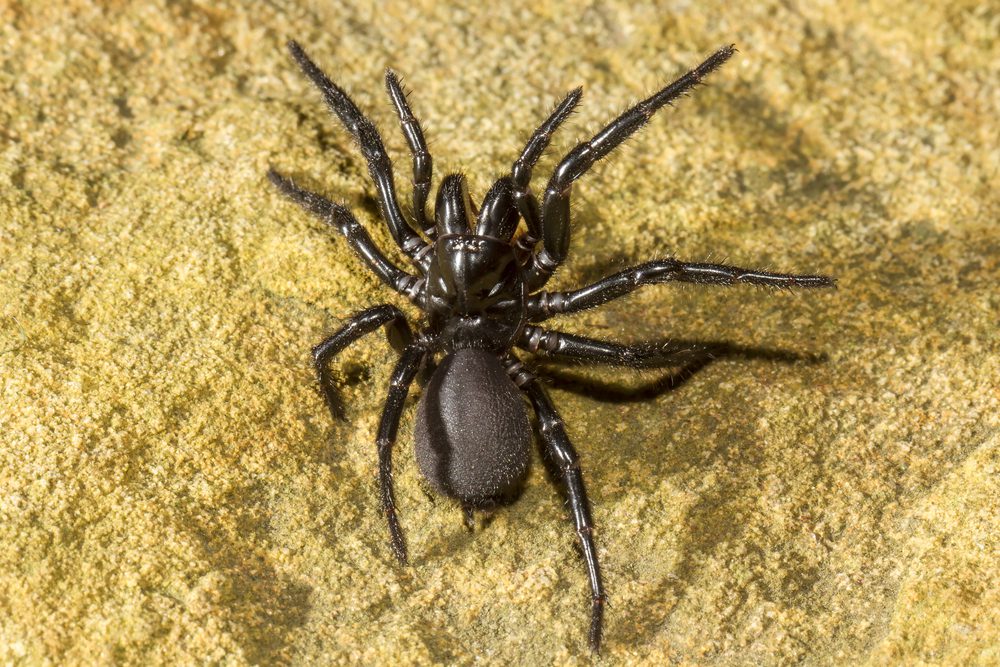
The Sydney funnel web spider is a venomous spider native to the Sydney region of Australia. It is considered one of the most dangerous spiders in the world due to its highly toxic venom, which can cause severe symptoms, including difficulty breathing, muscle spasms, and convulsions. If a Sydney funnel-web spider bites you, it is important to seek medical attention immediately.
To avoid Sydney funnel web spiders, shake out clothing and shoes before putting them on, and be careful when handling items that may have been left outside, such as garden tools or outdoor furniture.
If you are in an area where these spiders are known to be present, wear protective clothing, such as long sleeves and pants, and use an insect repellent containing DEET. It is also a good idea to keep your yard clean and free of clutter, as this can help reduce the number of spiders in your area.
- These spiders are large, with a body length of up to 2 inches and legs spaning up to 3 inches.
- Sydney funnel web spiders are found in various habitats, including forests, grasslands, and urban areas.
- The venom of these spiders is highly toxic and can cause severe symptoms, including difficulty breathing, muscle spasms, and convulsions.
- Sydney funnel web spiders are nocturnal, meaning they are active at night and known for their aggressive behavior when provoked.
African elephant
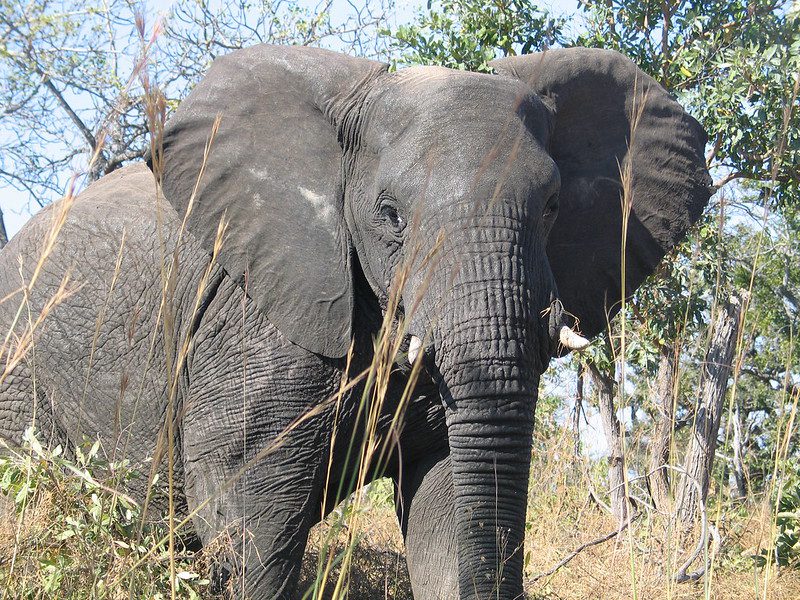
African elephants are the largest land animals on earth and can weigh up to 24,000 pounds. While they are generally peaceful, they can be aggressive when they feel threatened or when they have young to protect.
To avoid African elephants, give them plenty of space and do not approach them. If you are on a safari, stay in your vehicle and do not get too close to the elephants.
- These intelligent and social animals are found in various African habitats, including savannas, forests, and deserts.
- African elephants have unique anatomy, including a trunk used for communication, feeding, drinking and tusks used for digging and defense.
- African elephants are important for their role in maintaining the balance of their ecosystems, and they are threatened by habitat loss and poaching.
- African elephants have a complex social structure, with females living in groups led by a dominant female and males living alone or in small groups.
Cape buffalo

Cape buffalo, also known as African buffalo, are found in grasslands and savannas in Africa. These large, muscular animals can weigh up to 2,200 pounds and have been known to attack humans when they feel threatened.
To avoid Cape buffalo, give them plenty of space and do not approach them. If you are on a safari, stay in your vehicle and do not get too close to the buffalo.
- Cape buffalo are social animals and live in herds consisting of hundreds of individuals.
- Cape buffalo have several predators, including lions, crocodiles, and humans, and they are known for their fierce and aggressive behavior when defending themselves or their young.
- Cape buffalo are important for their role in maintaining the balance of their ecosystems, and they are threatened by habitat loss and hunting.
Poison dart frog

Poison dart frogs are small, brightly colored frogs found in Central and South America. These frogs get their name from the toxic secretions on their skin, which indigenous people once used to poison the tips of darts and arrows.
To avoid poison dart frogs, do not touch or handle them, and be sure to wear gloves if you need to handle them for any reason.
- Poison dart frogs are small, usually no larger than 5 cm in length, and they come in various colors, including red, yellow, green, and blue.
- Poison dart frogs are found in various habitats, including rainforests, grasslands, and mountains.
- Poison dart frogs are diurnal, meaning they are active during the day and known for their distinctive calls, which can be heard from a distance.
Brazilian wandering spider
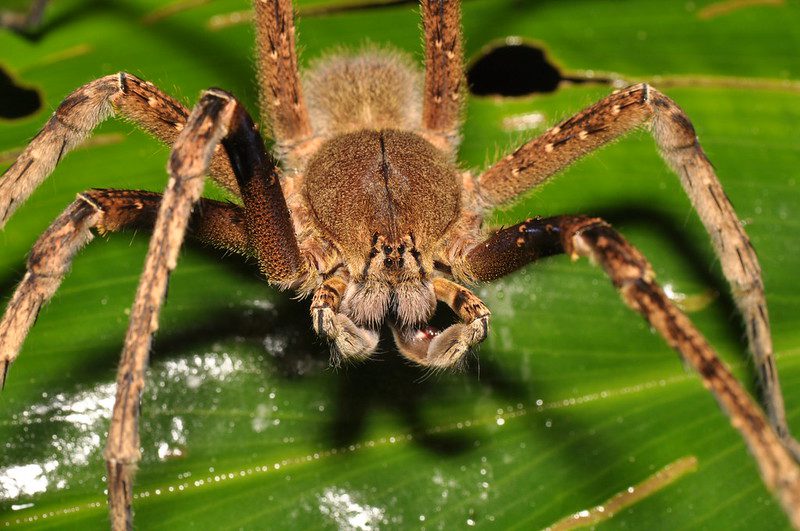
Brazilian wandering spiders are large, venomous spiders found in South and Central America. These spiders are called “wandering” because they do not build webs and instead roam the forest floor in search of prey.
To avoid Brazilian wandering spiders, shake out clothing and shoes before putting them on, and be sure to check for spiders before reaching into dark places.
- Brazilian wandering spiders are large, with a body length of up to 5 inches and legs that can span up to 6 inches.
- These spiders are known for their venom, which can cause severe symptoms, including difficulty breathing, muscle spasms, and convulsions.
- Brazilian wandering spiders are nocturnal, active at night, and found in various habitats, including rainforests, grasslands, and urban areas.
Eastern Brown Snake
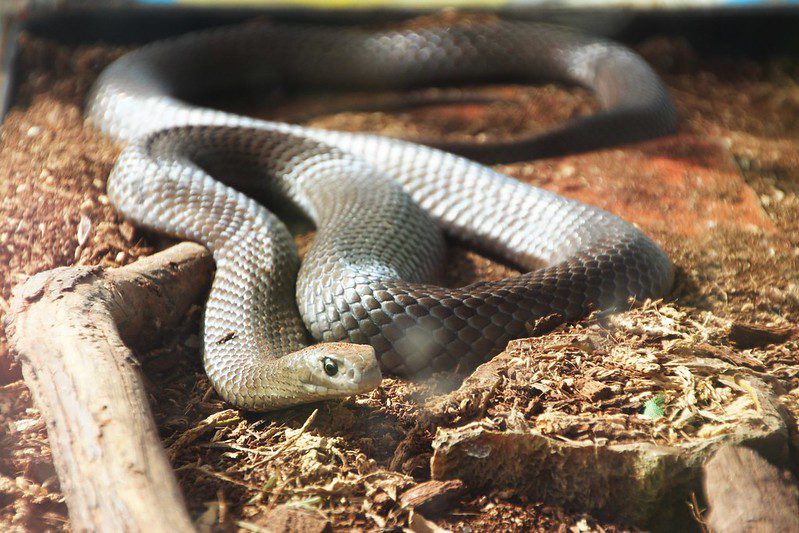
The Eastern brown snake is a venomous snake found in Australia and is considered one of the most venomous snakes in the world. These snakes are found in various habitats, including forests, grasslands, and urban areas, and they are known for their aggressive behavior and fast movement.
To avoid Eastern brown snakes, be sure to watch where you step when walking in areas where these snakes are known to be present, and wear protective clothing, such as long sleeves and pants, if you are in an area with tall grass or other potential snake habitats.
If you encounter an Eastern brown snake, do not try to approach it or handle it. Instead, slowly back away and give it plenty of space. If an Eastern brown snake bites you, it is important to seek medical attention immediately.
- These snakes are venomous and can cause severe symptoms, including difficulty breathing, muscle spasms, and convulsions if left untreated.
- Eastern brown snakes are diurnal, meaning they are active during the day, and they are most commonly found in areas with plenty of cover and access to prey.
Stonefish

Stonefish are venomous fish found in the shallow waters of the Pacific and Indian Oceans. These fish are well-camouflaged and can be difficult to spot, and their sting can be extremely painful and potentially life-threatening.
To avoid stonefish, watch where you step when wading in shallow waters, and wear protective footwear if you are in an area where these fish are known to be present.
- Stonefish have flattened bodies and sharp spines on their back that they use to defend themselves.
- Stonefish are found in various habitats, including coral reefs, estuaries, and mangroves.
- Stonefish are solitary creatures and are most active at night when they search for food.
Giant hornet
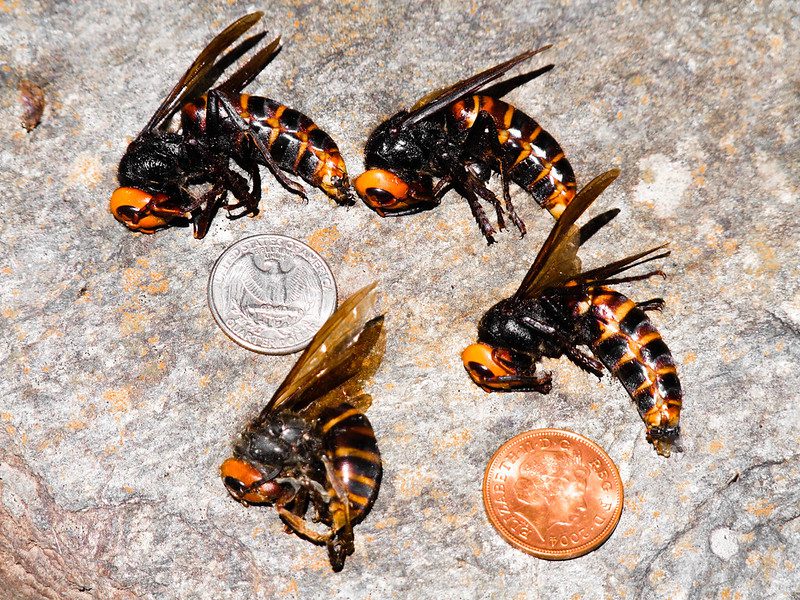
Giant hornets are the largest species of hornet in the world and are found in Asia, particularly in Japan and China. These hornets have a venomous sting that can be deadly, particularly to those who are allergic to it.
To avoid giant hornets, avoid wearing strong perfumes or bright colors, as these can attract the hornets. If you see a hornet’s nest, stay away from it and do not disturb it.
- Giant hornets are large, with a body length of up to 3 inches and wings that can span up to 4 inches.
- These hornets are known for their aggressive behavior and are known to attack in large groups.
- Giant hornets are important pollinators and play a role in maintaining the balance of their ecosystems.
Cassowary
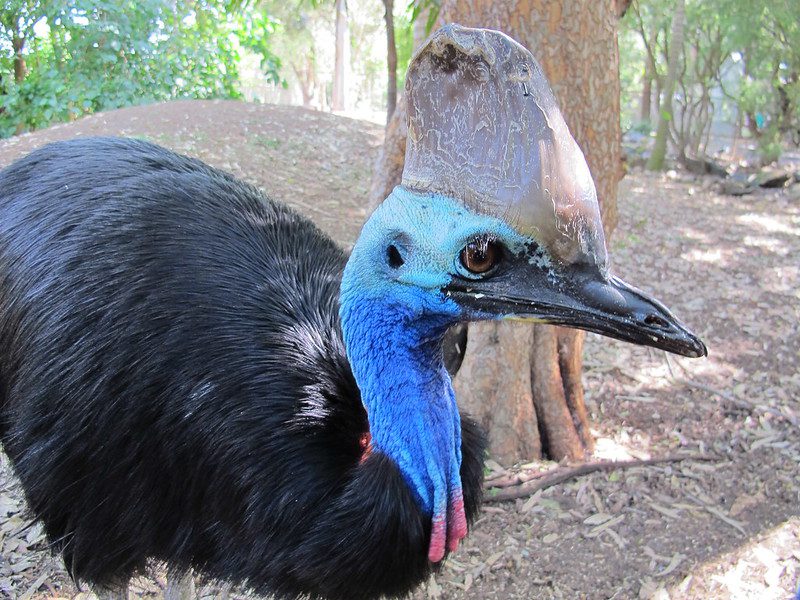
Cassowaries are large, flightless birds found in the rainforests of Australia and New Guinea. These birds have sharp claws on their feet and can be aggressive when they feel threatened.
To avoid cassowaries, give them plenty of space and do not approach them. If you are in an area where cassowaries are present, make plenty of noise to alert them to your presence.
- Cassowaries are large, with a body length of up to 6 feet and a height of up to 5 feet.
- These birds are important for their role in seed dispersal and maintaining the balance of their ecosystems.
- Cassowaries are endangered, and their populations have declined due to habitat loss and hunting.
Grizzly bear
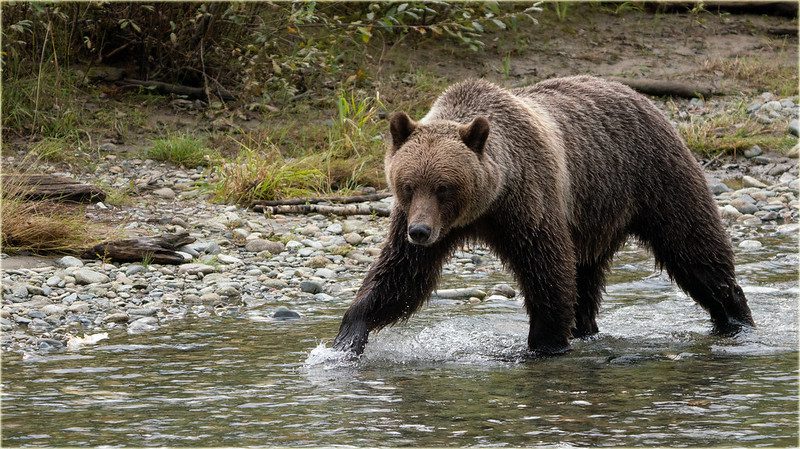
Grizzly bears are large, predatory mammals found in North America, particularly in Alaska and the Rocky Mountains. These bears are known for their strength and aggression, and they can be dangerous when they feel threatened or when they are defending their territory.
To avoid grizzly bears, stay away from their habitats, and if you encounter a bear, make sure to give it plenty of space and do not try to approach it.
- Grizzly bears are omnivorous, meaning they eat plants and animals and are known to scavenge for food.
- Grizzly bears are important for their role in maintaining the balance of their ecosystems, and they are threatened by habitat loss and hunting.
- Grizzly bears have a complex social structure, with females living in groups with their offspring and males living alone or in small groups.
Siberian tiger
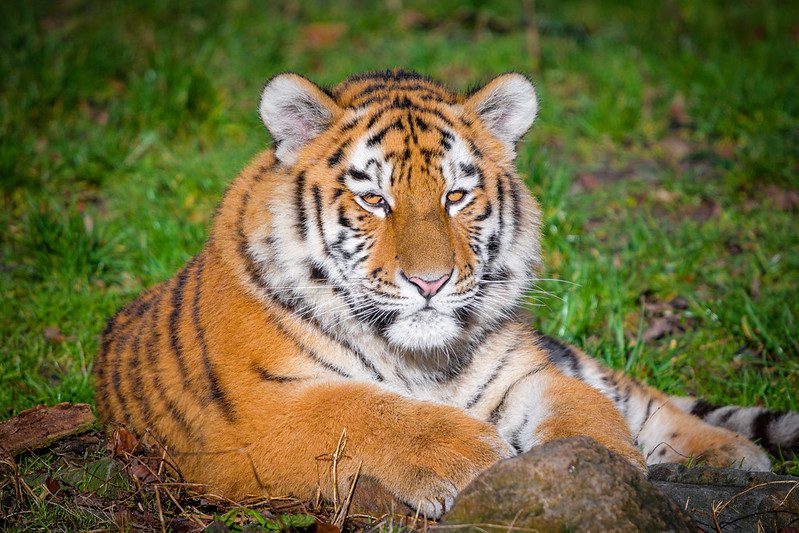
Siberian tigers are large, predatory cats found in the forests of Siberia and eastern Russia. These tigers are endangered and are known for their strength and aggression, and they can be dangerous when they feel threatened or when they are defending their territory.
To avoid Siberian tigers, stay away from their habitats and do not approach them.
- Siberian tigers are the largest species of tiger, with males weighing up to 660 pounds and females weighing up to 330 pounds.
- These tigers are solitary creatures and are known for their territorial behavior.
- Siberian tigers are important for their role in maintaining the balance of their ecosystems, and they are threatened by habitat loss and poaching.
Black mamba
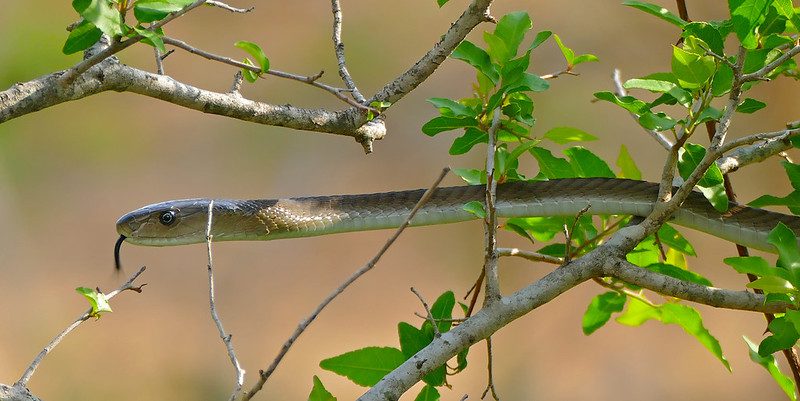
Black mambas are highly venomous snakes found in Africa and are known for their speed and aggression. These snakes can grow up to 14 feet long and can move at speeds of up to 12 miles per hour.
To avoid black mambas, avoid their habitats, particularly dense, overgrown areas. If you do encounter a black mamba, do not try to approach it or get too close; instead, slowly back away.
- Black mambas are slender snakes with a distinctive black coloration on the inside of their mouths, which gives them their name.
- Black mambas are found in a variety of habitats, including dense, overgrown areas, and they are most active during the day.
- Black mambas are highly venomous and can cause severe symptoms, including difficulty breathing, muscle spasms, and convulsions if left untreated. It is important to seek medical attention immediately if a black mamba bites you.
In conclusion, there are many dangerous animals in the world, and it is important to be aware of their risks and how to stay safe when encountering them. Following the tips outlined in this article can reduce your chances of encountering these animals and protect yourself from harm.
3 resources on dangerous animals and links
- The Wildlife Conservation Society is a global conservation organization that works to protect the world’s wildlife and their habitats. This webpage on their website is specifically dedicated to providing information on dangerous animals, including their behavior, habitat, and how to stay safe when encountering them.
- National Geographic is a renowned magazine and media company that is known for its high-quality content on a wide range of topics, including animals. This webpage on their website is specifically dedicated to providing information on dangerous animals, including their behavior, habitat, and how to stay safe when encountering them.
- The Center for Wildlife Information is a nonprofit organization that works to provide accurate and up-to-date information on wildlife. This webpage on their website is specifically dedicated to providing information on dangerous animals, including their behavior, habitat, and how to stay safe when encountering them. The site also includes resources for educators and students and information on how to get involved in conservation efforts.






































